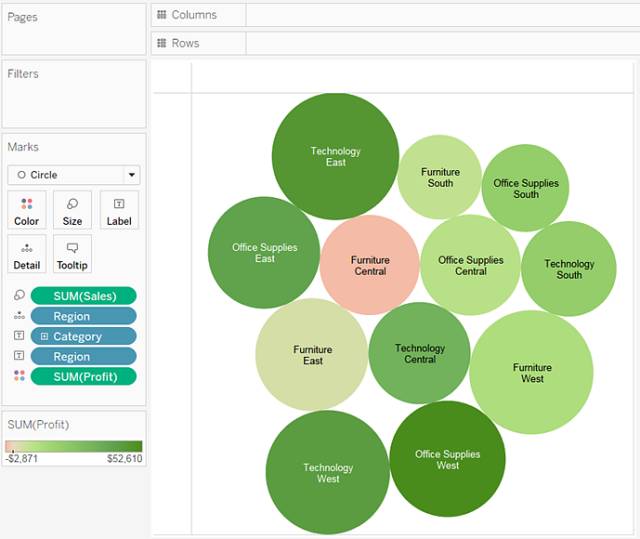【scikit-learn】07:数据加载,数据归一,特征选择,逻辑回归,贝叶斯,k近邻,决策树,SVM
加载数据(Data Loading)
我们假设输入时一个特征矩阵或者csv文件。
首先,数据应该被载入内存中。scikit-learn的实现使用了NumPy中的arrays,所以,我们要使用NumPy来载入csv文件。
以下是从UCI机器学习数据仓库中下载的数据。
我们要使用该数据集作为例子,将特征矩阵作为X,目标变量作为y。
数据归一化(Data Normalization)
大多数机器学习算法中的梯度方法对于数据的缩放和尺度都是很敏感的,在开始跑算法之前,我们应该进行归一化或者标准化的过程,这使得特征数据缩放到0-1范围中。scikit-learn提供了归一化的方法:
特征选择(Feature Selection)
在解决一个实际问题的过程中,选择合适的特征或者构建特征的能力特别重要。这成为特征选择或者特征工程。
特征选择时一个很需要创造力的过程,更多的依赖于直觉和专业知识,并且有很多现成的算法来进行特征的选择。
下面的树算法(Tree algorithms)计算特征的信息量:
算法的使用
scikit-learn实现了机器学习的大部分基础算法,让我们快速了解一下。
逻辑回归
大多数问题都可以归结为二元分类问题。这个算法的优点是可以给出数据所在类别的概率。
结果:
LogisticRegression(C=1.0, class_weight=None,
dual=False, fit_intercept=True,intercept_scaling=1,
penalty=l2, random_state=None, tol=0.0001)
precision recall f1-score support
0.0 0.79 0.89 0.84 500
1.0 0.74 0.55 0.63 268
avg / total 0.77 0.77 0.77 768
[[447 53]
[120 148]]
朴素贝叶斯
这也是著名的机器学习算法,该方法的任务是还原训练样本数据的分布密度,其在多类别分类中有很好的效果。
结果:
GaussianNB()
precision recall f1-score support0.0 0.80 0.86 0.83 500
1.0 0.69 0.60 0.64 268avg / total 0.76 0.77 0.76 768
[[429 71] [108 160]]
k近邻
k近邻算法常常被用作是分类算法一部分,比如可以用它来评估特征,在特征选择上我们可以用到它。
结果:
KNeighborsClassifier(algorithm=auto, leaf_size=30, metric=minkowski,
n_neighbors=5, p=2, weights=uniform)
precision recall f1-score support0.0 0.82 0.90 0.86 500
1.0 0.77 0.63 0.69 268avg / total 0.80 0.80 0.80 768
[[448 52]
[ 98 170]]
决策树
分类与回归树(Classification and Regression Trees ,CART)算法常用于特征含有类别信息的分类或者回归问题,这种方法非常适用于多分类情况。
结果:
DecisionTreeClassifier(compute_importances=None, criterion=gini,
max_depth=None, max_features=None, min_density=None,
min_samples_leaf=1, min_samples_split=2, random_state=None,
splitter=best)
precision recall f1-score support0.0 1.00 1.00 1.00 500
1.0 1.00 1.00 1.00 268avg / total 1.00 1.00 1.00 768
[[500 0]
[ 0 268]]
支持向量机
SVM是非常流行的机器学习算法,主要用于分类问题,如同逻辑回归问题,它可以使用一对多的方法进行多类别的分类。
结果:
SVC(C=1.0, cache_size=200, class_weight=None, coef0=0.0, degree=3, gamma=0.0,kernel=rbf, max_iter=-1,
probability=False, random_state=None,
shrinking=True, tol=0.001, verbose=False)
precision recall f1-score support0.0 1.00 1.00 1.00 500
1.0 1.00 1.00 1.00 268avg / total 1.00 1.00 1.00 768
[[500 0]
[ 0 268]]
除了分类和回归算法外,scikit-learn提供了更加复杂的算法,比如聚类算法,还实现了算法组合的技术,如Bagging和Boosting算法。
如何优化算法参数
一项更加困难的任务是构建一个有效的方法用于选择正确的参数,我们需要用搜索的方法来确定参数。scikit-learn提供了实现这一目标的函数。
下面的例子是一个进行正则参数选择的程序:
结果 :
GridSearchCV(cv=None,
estimator=Ridge(alpha=1.0, copy_X=True,
fit_intercept=True, max_iter=None,
normalize=False, solver=auto, tol=0.001),
estimatoralpha=1.0, estimatorcopy_X=True,
estimatorfit_intercept=True, estimatormax_iter=None,
estimatornormalize=False, estimatorsolver=auto,
estimator__tol=0.001, fit_params={}, iid=True, loss_func=None,
n_jobs=1,
param_grid={‘alpha’: array([ 1.00000e+00, 1.00000e-01, 1.00000e-02, 1.00000e-03,
1.00000e-04, 0.00000e+00])},
pre_dispatch=2*n_jobs, refit=True, score_func=None, scoring=None,
verbose=0)
0.282118955686
1.0
有时随机从给定区间中选择参数是很有效的方法,然后根据这些参数来评估算法的效果进而选择最佳的那个。
结果:
RandomizedSearchCV(cv=None,
estimator=Ridge(alpha=1.0, copy_X=True,
fit_intercept=True, max_iter=None,
normalize=False, solver=auto,tol=0.001),
estimatoralpha=1.0,
estimatorcopy_X=True,
estimatorfit_intercept=True,
estimatormax_iter=None,
estimatornormalize=False,
estimatorsolver=auto,
estimator__tol=0.001,
fit_params={}, iid=True, n_iter=100, n_jobs=1,
param_distributions={‘alpha’: },
pre_dispatch=2*n_jobs,
random_state=None, refit=True, scoring=None, verbose=0)
0.282118643885
0.988443794636
小结
总体了解了使用scikit-learn库的大致流程,这样就可以一步一步尽快的学习如何去解决具体的机器学习问题。
 喜欢0
喜欢0 收藏0
收藏0标签(TAG)sklearn
















0条评论 添加新评论